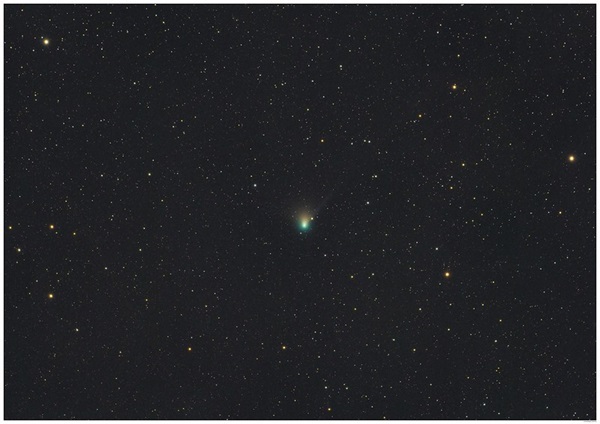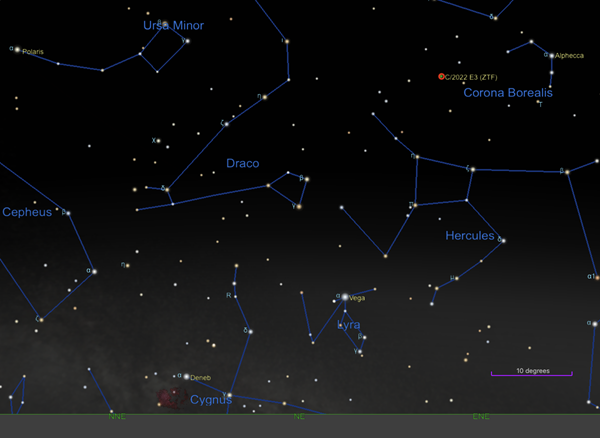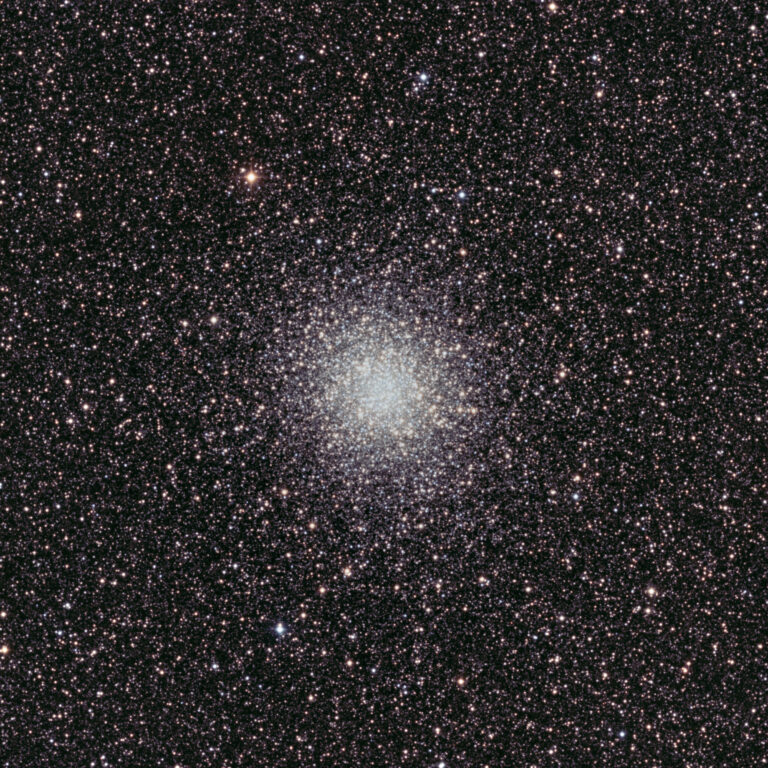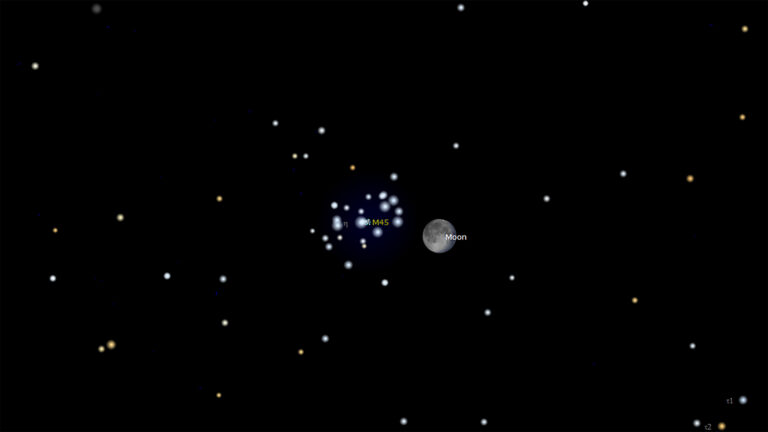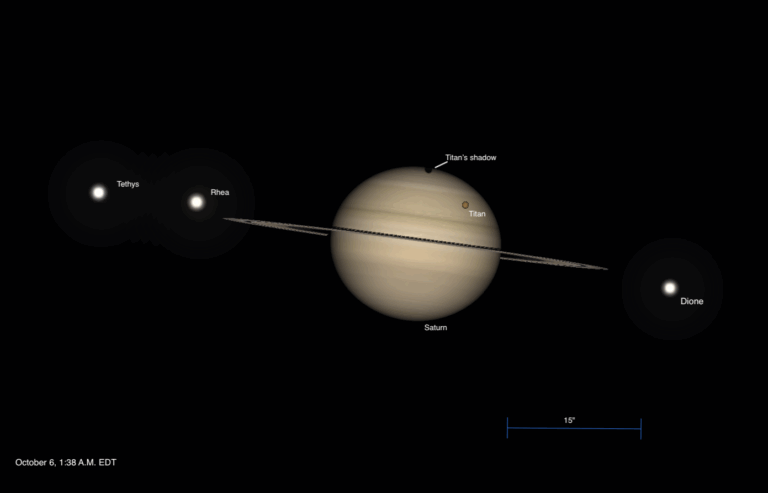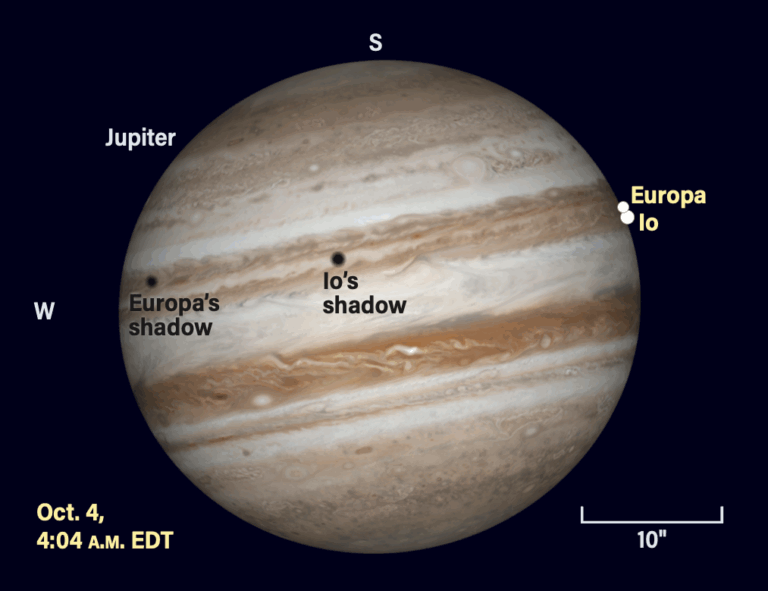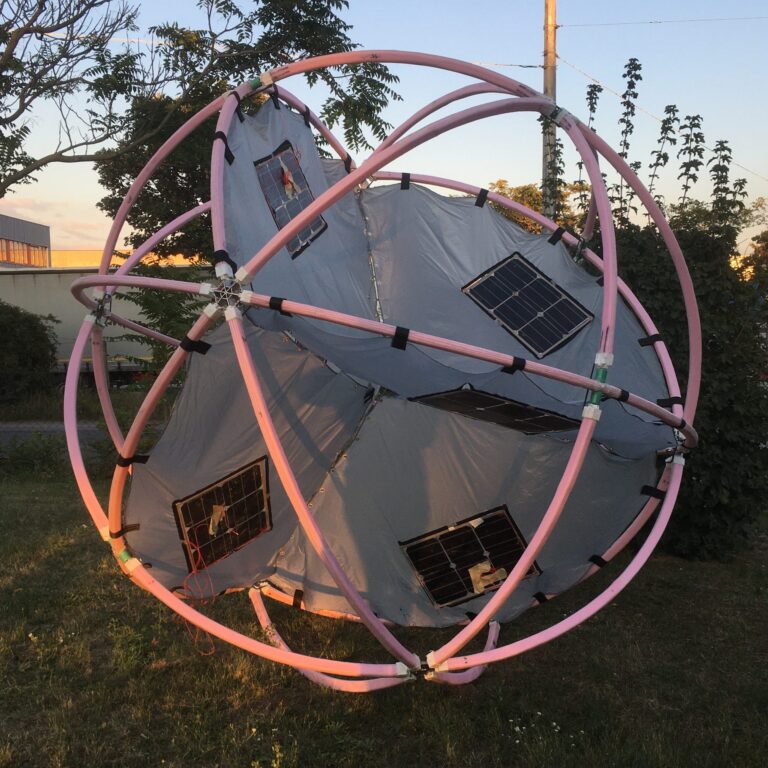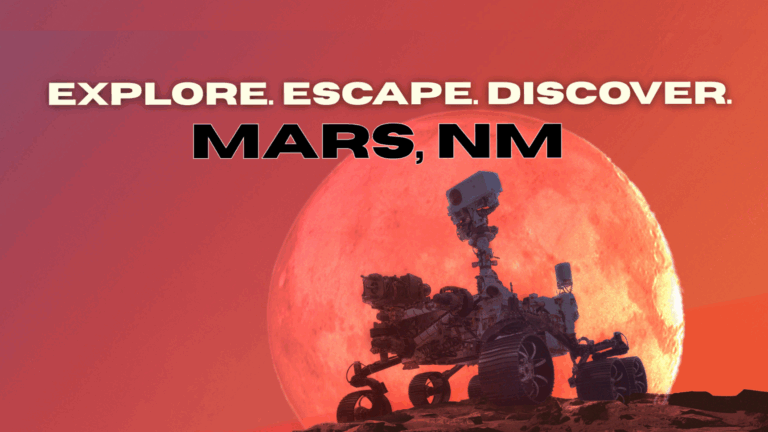Key Takeaways:
The year is off to a great start for comet hunters, as what could be the best comet of 2023 is now set to take center stage in January and February. Comet C/2022 E3 (ZTF) will make its closest approach to the Sun on Thursday, Jan. 12. Then, after zipping around the Sun, it will make its closest approach to Earth on Wednesday, Feb. 1.
Here’s everything you need to know to view Comet C/2022 E3 (ZTF) as it treks through the sky.
Where did Comet C/2022 E3 (ZTF) come from?
Comet C/2022 E3 (ZTF) was first discovered in March 2022 by the Zwicky Transient Facility (ZTF), which scans the entire Northern Hemisphere sky once every two days from Palomar Observatory in California. You may have noticed many other comets have the acronym ZTF in their names, too. That’s because they were discovered by the same facility.
C/2022 E3 began its long journey in the far outer reaches of the solar system, within the Oort Cloud. The comet will make its closest approach to the Sun, or reach perihelion, on Jan. 12, when it comes within 1.1 astronomical unit of our star. (One astronomical unit, or AU, is the average Earth-Sun distance.)
Although being closer to the Sun can make some comets intrinsically brighter, at perihelion, C/2022 E3 will still sit 0.71 AU from Earth, meaning it likely won’t reach naked-eye visibility at this time.
After rounding the Sun, C/2022 E3 will continue to grow brighter through the end of the month. The comet’s brightness is predicted to peak around Feb 1, when it makes its closest approach to Earth by passing within about 0.28 AU of our planet. At this point, many observers and astrophotographers hope C/2022 E3 will reach naked-eye magnitudes as it skims through a particularly rich region of the sky near the northern pole, setting the scene for some gorgeous photos.
Even at its brightest, however, Comet C/2022 E3 (ZTF) is not expected to form a bright, long tail that’s visible without a telescope. Still, even without a tail, the comet will be a memorable sight. Plus, comets can always surprise us with unexpected outbursts, so it’s worth following C/2022 E3’s progress to see what it will do!
How to see comet C/2022 E3 (ZTF)
Currently visible to observers in the Northern Hemisphere, the best time to view C/2022 E3 is in the early morning just a few hours before dawn. The comet’s brightness now stands at about magnitude 7, making it easily visible through binoculars or any small telescope. And if the comet brightens to magnitude 6 or better, C/2022 E3 will be visible to the naked eye under good conditions.
As the comet approaches the Sun this week, a waning gibbous Moon dominates the early-morning sky, cutting down on visibility. Nonetheless, it’s worth trying your luck tracking it down with binoculars or a telescope.
Try zooming in on the green-hued fuzzball as it springs from its current residence in Corona Borealis up through Boötes and Draco, passing through Ursa Minor near the cup of the Little Dipper at the end of the month. As C/2022 E3 swings through the inner solar system and passes Earth, it will appear to cover large swaths of the sky each day, tracking close to the North Star, Polaris. By the time C/2022 E3 passes near Earth in February, the comet will lie in Camelopardalis.
This week, C/2022 E3 rises in the northeast around midnight, climbing higher in the sky as dawn approaches. That makes it best for early-morning observers. However, if you’re willing to stay up late next week, starting on Jan 16, you can try spotting the comet before the Moon rises around 2 A.M. local time. (Note that C/2022 E3 won’t be very high in the sky at this point, so you’ll want to get yourself to high ground and opt for a viewing location with a clear view of the northeastern horizon.
By Jan. 18, without the Moon to interfere, C/2022 E3 will rule the early-morning sky. It will then be traveling through northeastern Boötes headed for Draco. Along the way, on Jan. 23, the comet will pass northeast of the galaxies M102 and NGC 5907. One day later, any broad tail the comet might sport will quickly narrow (within about a day) as the orbital planes of the comet and Earth cross. Just as quickly, however, the tail will appear to spread back out after the crossing.
On the last day of January, C/2022 E3 is just 11.5° from Polaris and moving at a speedy clip. The comet will cover about 12″ per minute, forcing astroimagers to opt for shorter exposures if they seek to capture any sharp details.
Shortly after C/2022 E3 makes its closest approach to Earth, the comet will become visible in the Southern Hemisphere. The comet will then fade over time as it heads away from the Sun toward the outer solar system. And scientists aren’t yet sure whether or not it will ever return.
To follow C/2022 E3 through the skies and discover other timely targets and events, be sure to check out our Sky This Week column, updated every Friday by 9 A.M. CT.

